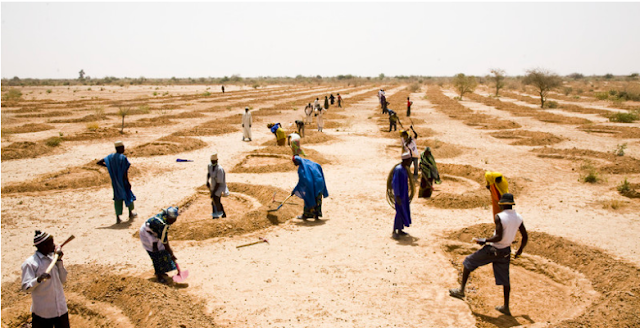Hydroelectric Power Shortages in Zambia
The River Zambezi
flows through 8 riparian states, including
Angola, Botswana, Malawi, Mozambique, Namibia, Tanzania, Zambia and
Zimbabwe.
Lake Kariba, the
largest man made lake, is connected to the Kariba dam which produces Zambia's
hydroelectric power.
Zambia is almost a
self-sufficient nation in sources of electricity, coal, biomass and renewable
energy. produces 90% of its electricity production from hydroelectric sources,
which is a huge success (World Bank, 2014). The expansion of hydropower is thought
to be vulnerable to increasing
demands in irrigated agriculture upstream. Climate change is projected to add increased pressures, with
water demand rising due to more varied rainfall patterns.
On whole it is
positive that Zambia is hardly reliant on fossil fuels, (however is still
reliant on kerosene and coal for cooking), but a diversification of their
electricity generation would be ideal to reduce risk exposed in case of changes
in climatic conditions. This was reflected in 2016, when insufficient water
resources led to an average of 8 hours of power lost every day, increasing
imports by over 100%.
Zambia's hydropower
therefore has proved to be unreliable as it is vulnerable to changes in climate
variability, resulting in droughts. In 2016, this became a reality when a
drought reduced hydroelectric power significantly, as a result of the drying of
the Lake Kariba. The inadequate supply led to nation wide power rationing in
Zambia. This has had an effect on the agricultural sector.
Agriculture
is an important sector in Zambia’s
economy accounting for 12% of the Gross Domestic Product (GDP) and
employing two-thirds of the labour force. Modern agriculture is reliant on
machinery and equipment requiring electricity, therefore shortages in
electricity have adverse effects on the agricultural economy sector.
For Livestock + Poultry:
This meant producers
depending on automated systems (ie. Operating automatic feeders and heating
water) were left with no production during hours of restricted power.
The most striking
issue stated by Samboko
et. Al was that power shortages can be anywhere between 6-14 hours. Egg
production is stimulated by the presence of light, hence the common (yet
inhumane) technique over exposure to light increases egg production rapidly.
However, some Zambian farmers reported reductions in egg production of 25% due
to light loss from the power restrictions. This results in a significant loss
in profit, mainly from layer farms (egg producers) due to generator costs.
For Dairy Industry:
A lot of post
processing required for dairy products, such as cooling milk, pasteurisation.
Alongside this, a reduction in feed for the cows due to lack of water can
reduce the cows weight, consequently effecting the yield of milk.
For Crops:
Crops requiring
additional processing, with generator and motors that require diesel costs have
risen. However, issues arise when cost of purchasing potatoes has not risen to
compensate for this rise in processing.
Solutions:
An increase in
government funding for farmers requiring alternative generators would enable
farmers to be more self sufficient in times power shortages, preventing loss of
income. Demand for electricity is projected to triple by 2030. Speculation of
reducing hydropower dependency by implementing solar power will diversify the
energy mix and reduce the vulnerability of the agricultural sector to reduction
in power. Zambia receive close to 3000 hours of sunshine per annum, double the
UK's average. The main barriers to solar power generation is high costs,
however, this seems like a wise investment to prevent the crash of many
industries requiring electricity for production in the future.
For further information on the Hydroelectric power in Zambia on a whole, see Michael Chiseni's speech below:



Comments
Post a Comment